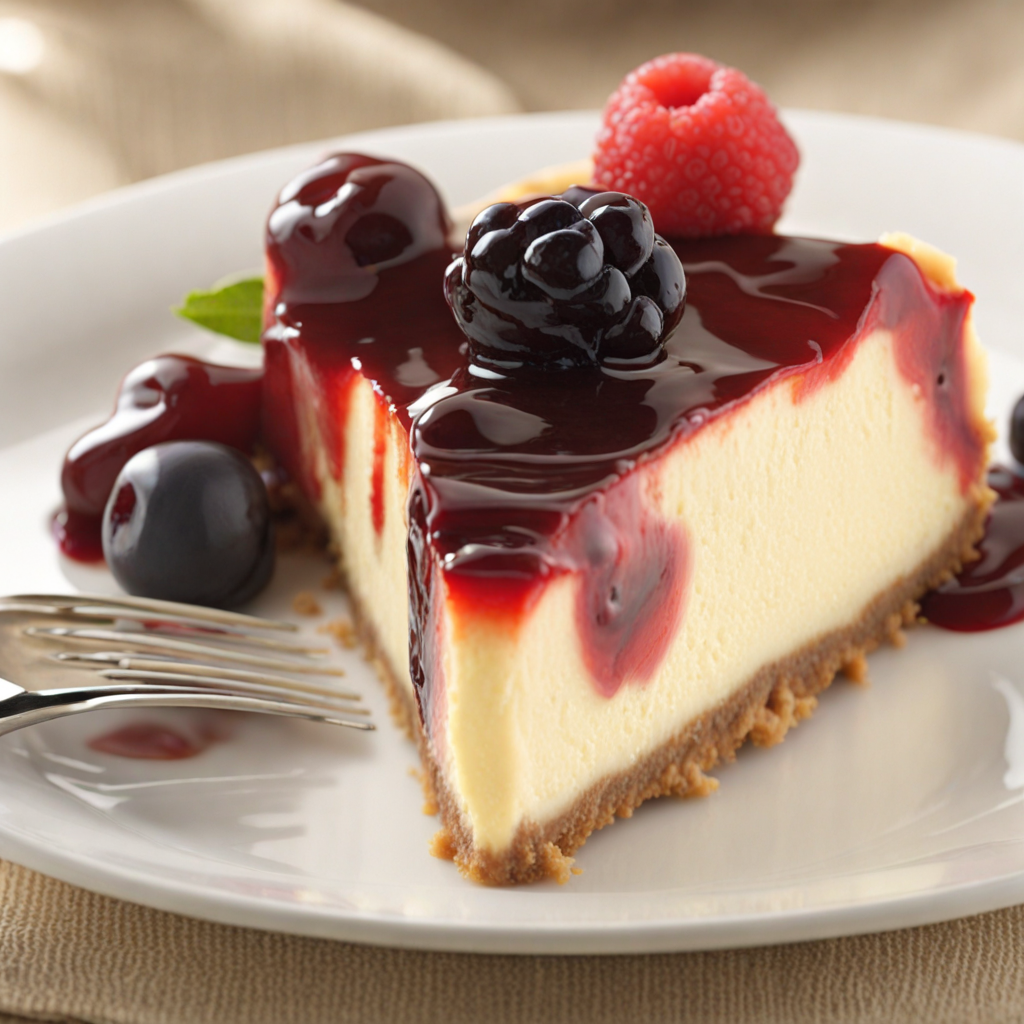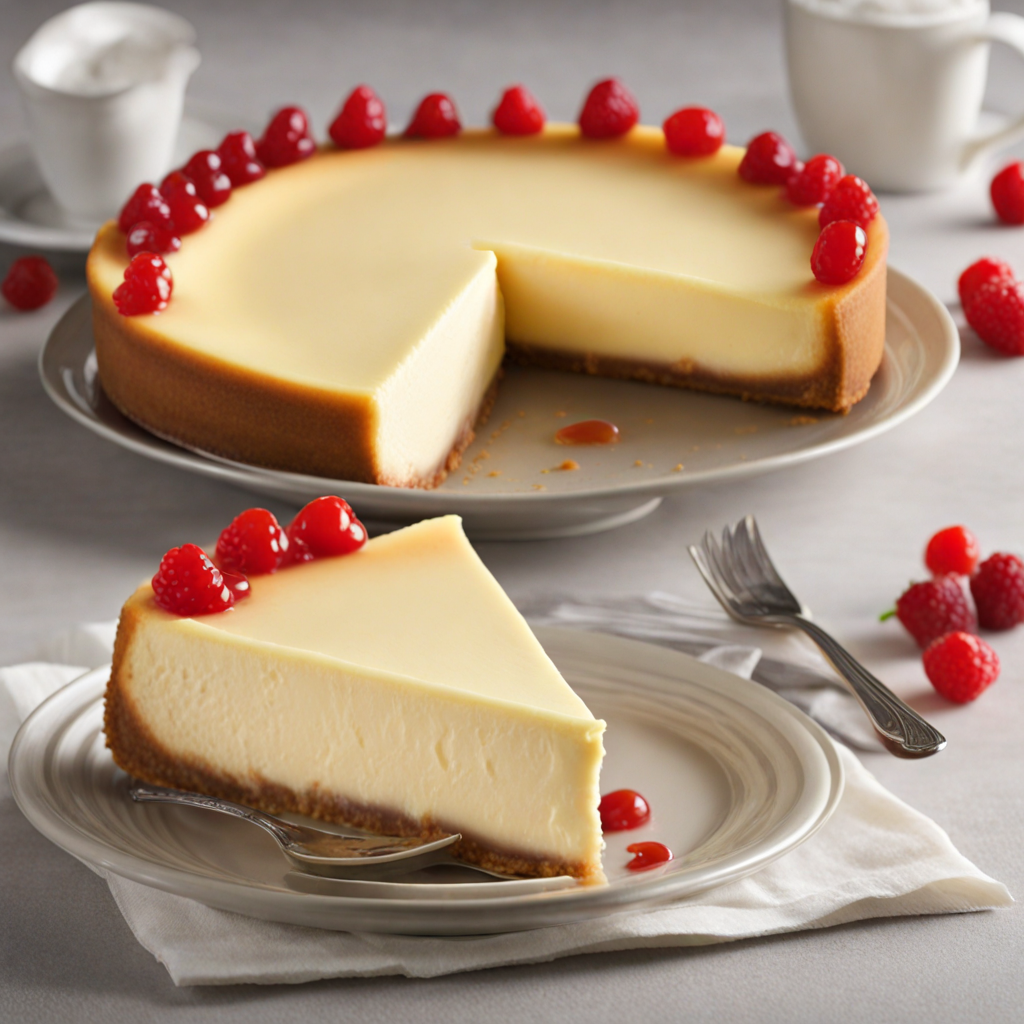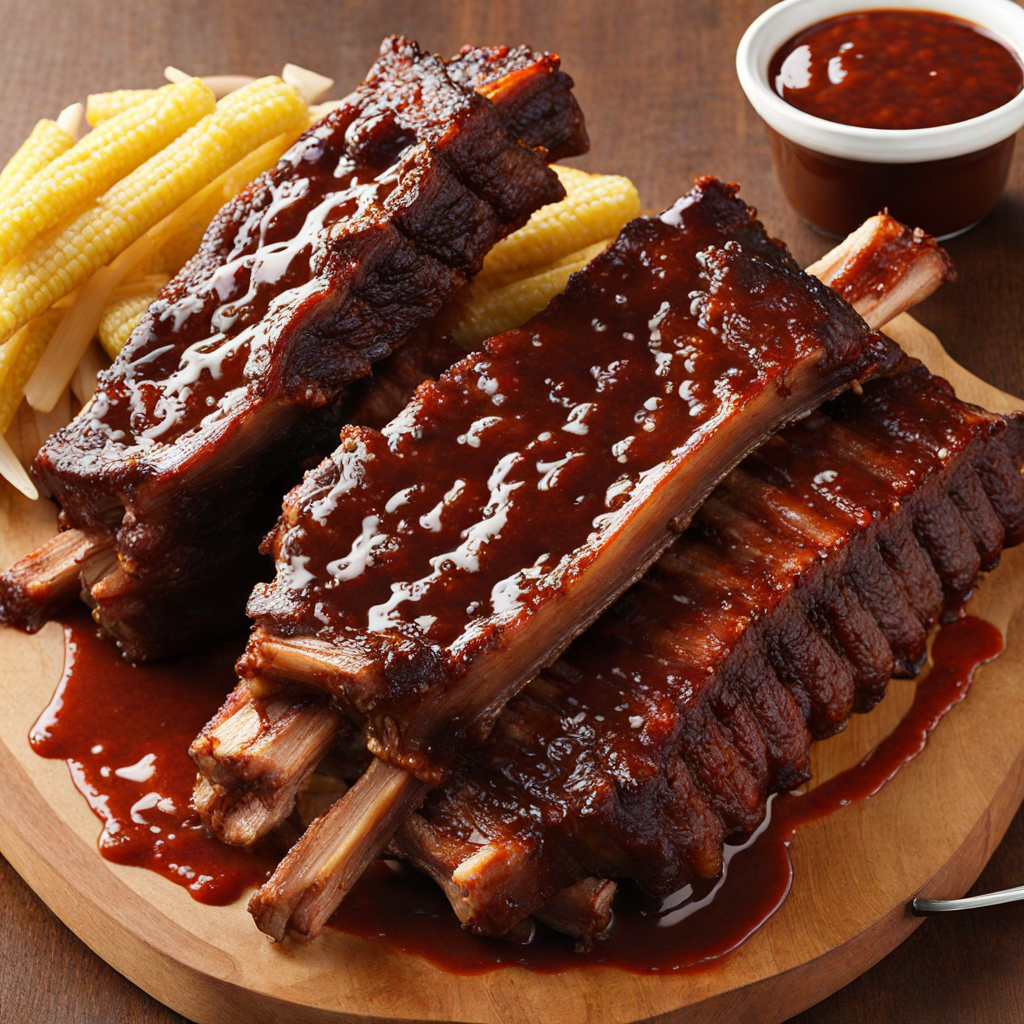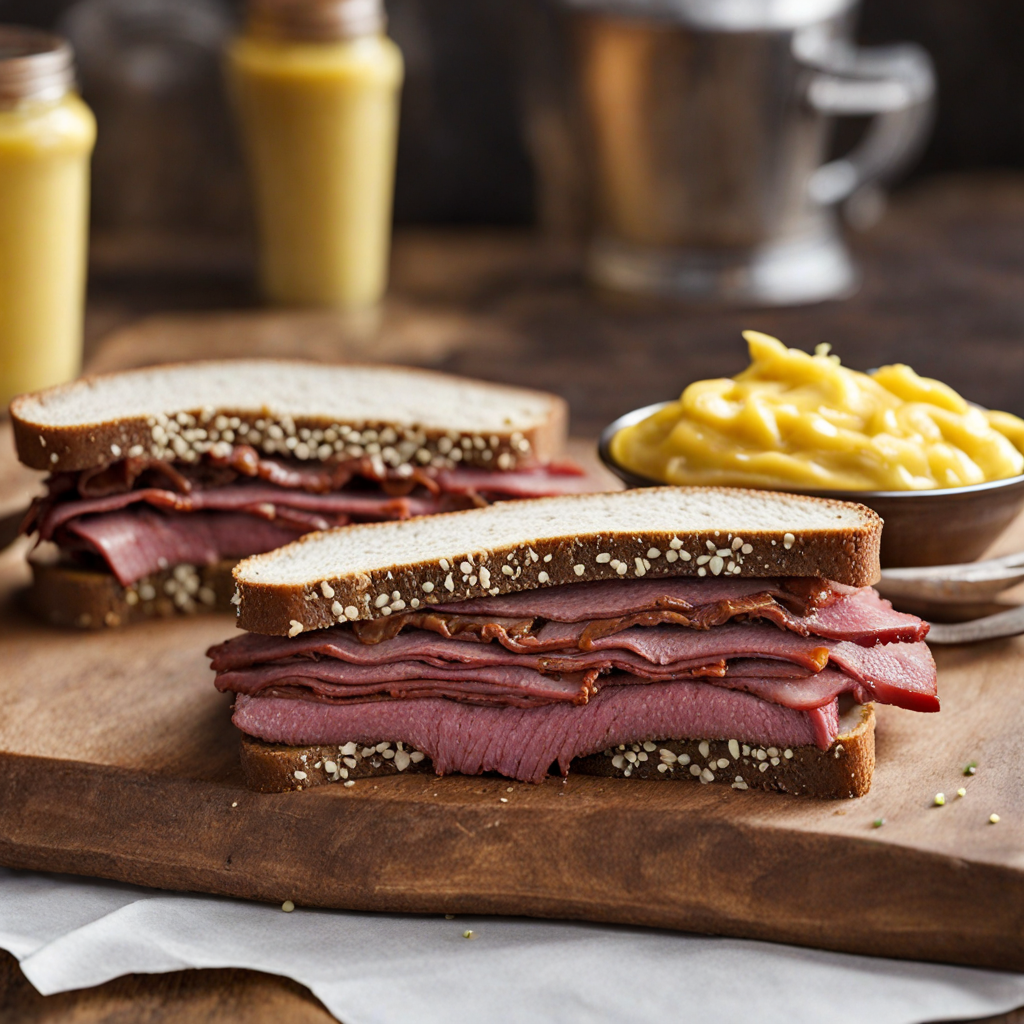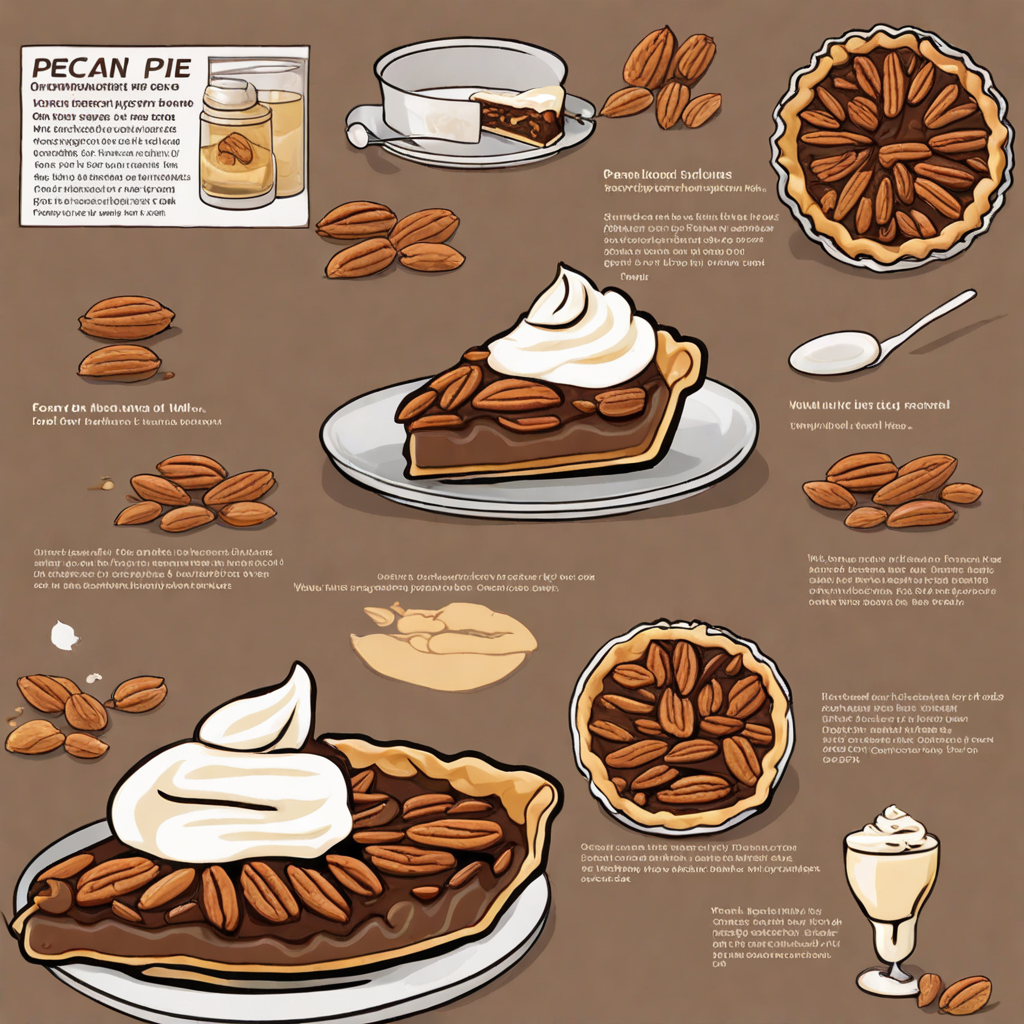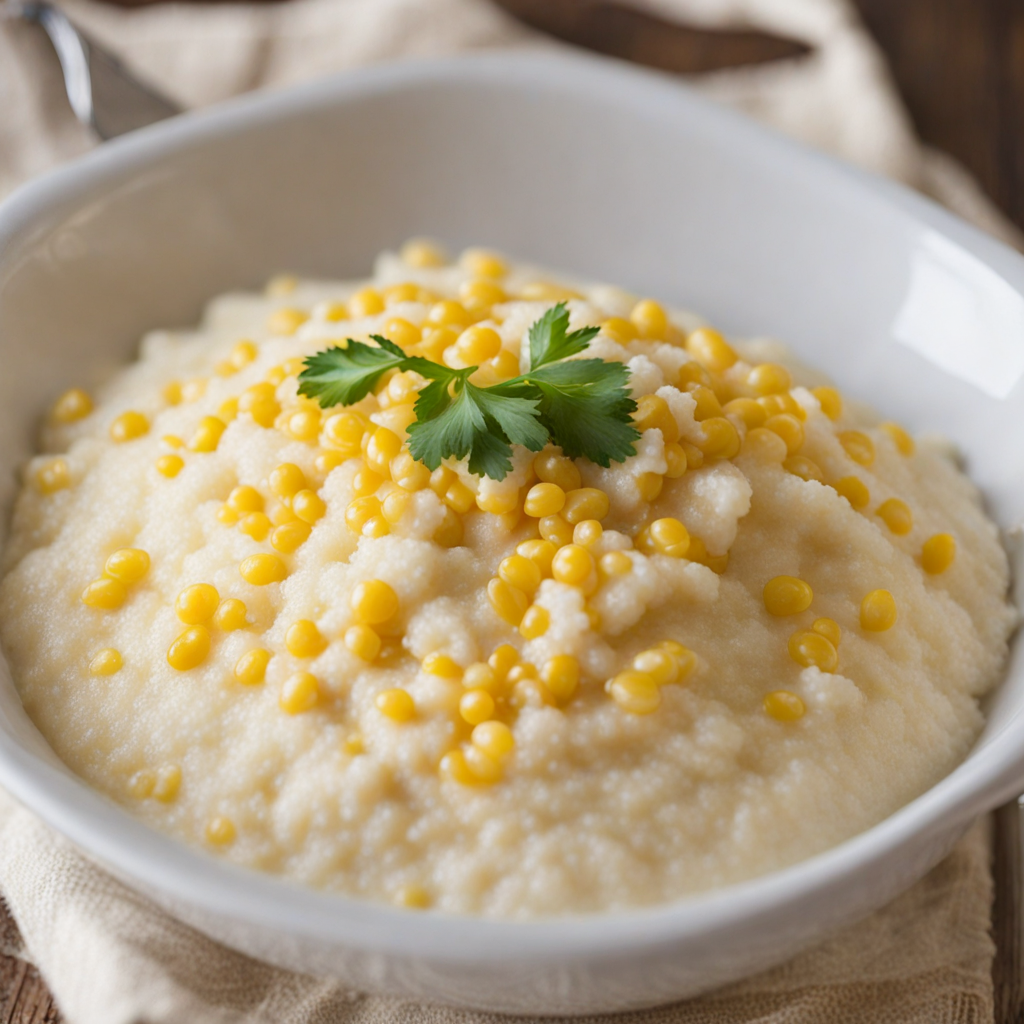New York Cheesecake
New York Cheesecake is a rich and creamy dessert that embodies the essence of indulgence. Its signature smooth texture comes from a blend of cream cheese, sugar, and eggs, all whipped together to create a velvety consistency that melts in your mouth. The cheesecake is typically baked in a buttery graham cracker crust, which adds a delightful crunch and a hint of sweetness that perfectly balances the dense filling. This contrast between the creamy center and the crumbly base is what makes each bite a harmonious experience, inviting you to savor every moment. The flavor of New York Cheesecake is both tangy and sweet, largely due to the use of high-quality cream cheese. Some variations also incorporate sour cream or heavy cream, which enhances the richness and adds a subtle tartness that elevates the dessert. Often served plain, the cheesecake can be elevated with toppings such as fresh berries, fruit coulis, or a drizzle of chocolate ganache, allowing for endless customization to suit different palates. The classic version, however, is so well-loved that it stands proudly on its own, showcasing the simple yet luxurious ingredients that define this iconic dessert. Traditionally enjoyed in New York City, this cheesecake has become a beloved treat across the United States and around the world. Its popularity can be attributed to its deliciously satisfying flavor and its ability to evoke a sense of comfort and nostalgia. Whether enjoyed at a family gathering, a fancy restaurant, or as a late-night snack, New York Cheesecake promises to deliver a delightful culinary experience, making it an essential part of any dessert lover’s repertoire.
How It Became This Dish
The History of New York Cheesecake: A Culinary Icon #### Origin: The Birth of Cheesecake The story of New York cheesecake begins long before it became the beloved dessert we know today. Cheesecake has ancient roots, with its earliest known form dating back to Ancient Greece. The Greeks made a simple cheese-based cake using fresh cheese, honey, and flour, which they baked and served to athletes during the Olympic Games. This early version of cheesecake held symbolic importance, representing prosperity and health. The Romans adopted and adapted the Greek recipe, spreading cheesecake throughout their empire. They added various ingredients, including eggs and flavors, which paved the way for diverse interpretations of the dish across Europe. However, it wasn’t until the arrival of European immigrants in America that cheesecake began to evolve into the rich and creamy version we associate with New York today. #### The Evolution in America By the 18th century, cheesecake had made its way to America, where it was first documented in a cookbook by Amelia Simmons in 1796. In her book, “American Cookery,” Simmons included a recipe for a cheesecake that incorporated cream cheese, a product that was still relatively new at the time. The introduction of cream cheese to the American culinary landscape would prove to be a game-changer. In the late 19th century, cream cheese was commercially produced for the first time by William Lawrence in New York. His method of combining milk and cream created a smooth, rich cheese that became the cornerstone of American cheesecake recipes. As cream cheese gained popularity, bakers began experimenting with different styles, and cheesecake recipes proliferated throughout the country. #### The Rise of New York Cheesecake The term "New York cheesecake" began to emerge in the early 20th century, as New York City became a melting pot of cultures and culinary traditions. Jewish immigrants, particularly from Eastern Europe, played a significant role in popularizing this style of cheesecake. They brought with them their own cheesecake recipes, which were often lighter and less dense than the cream cheese-based versions. However, the New York cheesecake we recognize today is characterized by its rich, dense texture, achieved through the generous use of cream cheese, eggs, and sugar. The New York cheesecake's rise to prominence can be attributed to several factors. The post-World War II era saw a surge in dining out, and New York City was home to numerous delicatessens and restaurants that featured cheesecake on their menus. One of the most famous establishments was Junior’s, opened in 1950 in Brooklyn. Junior’s cheesecake became iconic, known for its rich, creamy texture and perfectly balanced flavors. It quickly became a must-try for both locals and tourists alike. #### Cultural Significance New York cheesecake is more than just a dessert; it has become an emblem of New York City itself. Often associated with the bustling atmosphere of the city, it embodies the fusion of diverse cultures and culinary practices. The cheesecake is a staple at celebrations, gatherings, and holidays, making it a symbol of comfort and indulgence. The dessert has also made its mark in popular culture. It appears in numerous films, television shows, and literature, often serving as a representation of urban sophistication and indulgent pleasure. Notable moments include references in shows like "Friends," where the characters often indulge in their love for cheesecake, and in films that showcase the bustling life of New York City. In addition to its cultural significance, New York cheesecake has also become a canvas for culinary creativity. Chefs and home bakers alike have experimented with flavors, toppings, and presentations, leading to a wide array of interpretations. From chocolate swirls to fruit toppings and even savory versions, the cheesecake has proven to be a versatile dessert that can adapt to modern tastes. #### Development Over Time The development of New York cheesecake has seen various trends and changes throughout the decades. The classic recipe remains a favorite, but as dietary preferences and trends have evolved, so too has the cheesecake. In recent years, there has been a growing interest in healthier options, leading to the creation of lighter versions using Greek yogurt, reduced-fat cream cheese, or alternative sweeteners. The rise of veganism and plant-based diets has also influenced the evolution of cheesecake recipes. Innovative bakers have developed recipes using cashews, coconut cream, and other plant-based ingredients to create vegan versions that retain the creamy texture and rich flavor of traditional New York cheesecake. These adaptations reflect a broader trend in contemporary cuisine, where the focus is increasingly on inclusivity and accommodating diverse dietary needs. Moreover, the global pandemic accelerated the trend of home baking, leading many to experiment with making their own New York cheesecakes. With countless online recipes and tutorials at their disposal, home bakers embraced this iconic dessert, leading to a resurgence in its popularity. Social media platforms, particularly Instagram and TikTok, have played a crucial role in showcasing creative cheesecake variations, turning the dessert into a viral sensation. #### Conclusion: A Timeless Classic New York cheesecake is a testament to the cultural melting pot that is the United States. Its journey from ancient Greece to modern-day America reflects the evolution of culinary practices and the influence of diverse cultures. With its rich history and cultural significance, New York cheesecake continues to captivate dessert lovers around the world. As we celebrate this iconic dessert, we recognize its ability to adapt and evolve while retaining its essence. Whether enjoyed in a classic form or as a modern twist, New York cheesecake remains a symbol of indulgence, creativity, and the vibrant spirit of New York City. Its enduring popularity ensures that it will continue to hold a special place in the hearts and palates of generations to come.
You may like
Discover local flavors from United States


